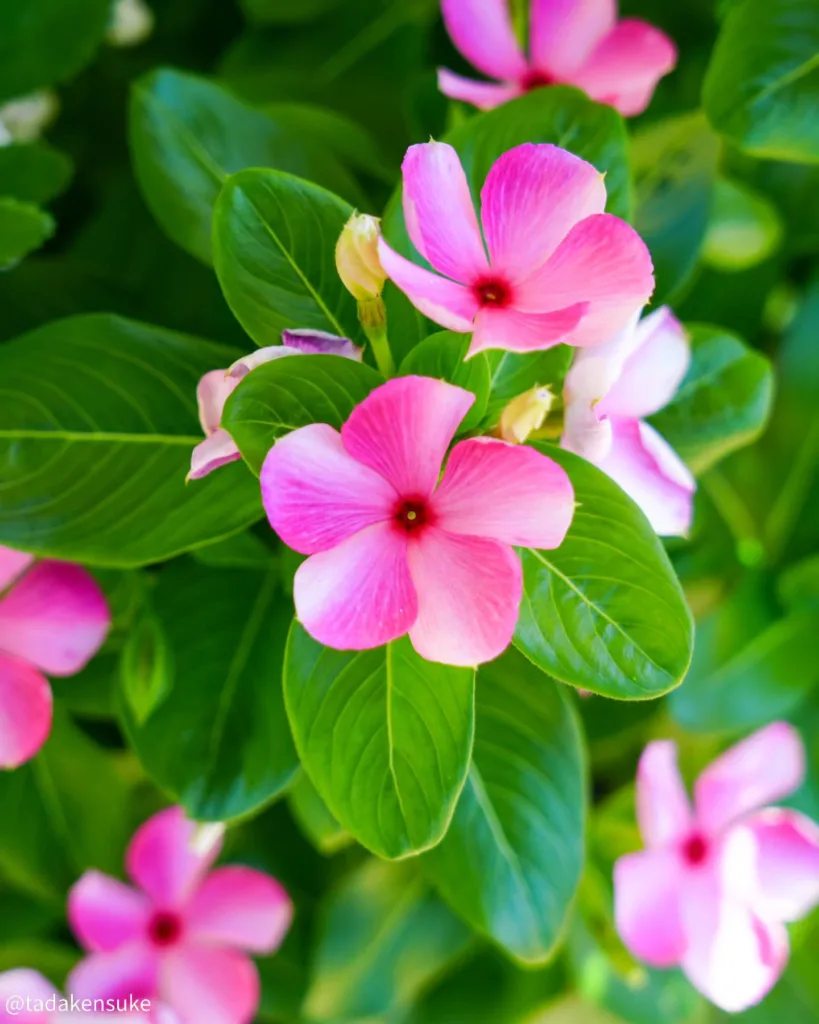
The Allure of the American Smoketree: A Plant Enthusiast’s Guide to Cotinus Obovatus
As a plant enthusiast, I’m constantly on the lookout for unique and captivating additions to my garden. When I stumbled upon the American Smoketree (Cotinus obovatus), I was immediately captivated by its ethereal beauty. This native North American wonder boasts a stunning display of colorful foliage and feathery flowers, making it a true standout in the landscape. But before I eagerly brought one home, I knew I had to delve deeper and learn everything I could about this fascinating tree.
7 Species in Genus Cotinus
What is Cotinus Obovatus?
Cotinus obovatus, also known as Chittamwood or Smokebush, is a small, deciduous tree or large shrub native to scattered pockets across the southeastern and south-central United States. This prized ornamental boasts an impressive range of features that make it a coveted addition to any garden.
The most striking characteristic of the American Smoketree is its foliage. True to its name, the leaves are obovate-shaped, meaning they’re wider at the tip than the base. Throughout the growing season, these leaves showcase a vibrant green hue, but the true magic unfolds in autumn. Cotinus obovatus erupts in a fiery display of colors, with shades of yellow, orange, red, and even reddish-purple transforming the landscape. Many consider it to boast the most intense fall foliage of any native American tree!
Beyond its mesmerizing leaves, the American Smoketree also produces delicate, feathery flowers in the summertime. These airy blooms come in a soft pink-grey shade and are held aloft in panicles, creating a wispy, smoke-like effect – hence the tree’s common name.
Cotinus Obovatus vs Cotinus Coggygria
When I tried Cotinus Obovatus, I was struck by its unique, broad, and rounded leaves that really stood out in my garden. The foliage had a distinct, robust quality, and the color transitions were subtle but elegant. On the other hand, Cotinus Coggygria, with its more delicate and lacy leaves, brought a different charm. I enjoyed the rich, smoky tones of its foliage, especially in the fall when the colors deepened. Both have their own appeal, but Cotinus Coggygria’s softer, more ethereal appearance won me over for its ability to add a touch of whimsy to the garden.
How to Care for Cotinus Obovatus?
If you’re considering adding this beauty to your garden, you’ll be happy to know that Cotinus obovatus is a relatively low-maintenance plant. Here are some key things to keep in mind:
- Sunlight: While it can tolerate partial shade, Cotinus obovatus thrives in full sun. This ensures optimal growth and the most vibrant fall color display.
- Soil: The American Smoketree prefers well-drained soil. Sandy loam is ideal, but it can adapt to a wider range of soil types as long as drainage is good.
- Watering: Once established, Cotinus obovatus is quite drought-tolerant. Regular watering is needed during the first year after planting, especially during dry spells. After that, occasional deep watering during extended dry periods is sufficient.
- Pruning: While not strictly necessary, light pruning can help maintain the desired shape and size of your American Smoketree. Prune in late winter or early spring before new growth emerges.
How to Propagate Cotinus Obovatus?
If you’d like to share the beauty of Cotinus obovatus with others, there are two main methods of propagation:
- Seed: Propagation by seed is a longer process but can be rewarding. Seeds can be collected in the fall and sown outdoors in a cold frame or stratified in moist sand in the refrigerator for several weeks before planting. Germination can take several months.
- Softwood Cuttings: This is a more reliable and quicker method. Take softwood cuttings in late spring or early summer before the new growth hardens. Dip the ends in rooting hormone and plant them in a well-draining potting mix. Keep the cuttings moist and provide indirect sunlight until they establish roots.
What to Plant with Cotinus Obovatus?
Cotinus obovatus can be a stunning focal point in your garden, but it also plays well with others. Here are some ideas for companion plants:
- Grasses: Ornamental grasses like Maiden Grass (Miscanthus sinensis) or Switchgrass (Panicum virgatum) provide a textural contrast and highlight the vibrant fall colors of the Smoketree.
- Perennials: Lavender, Russian Sage (Perovskia atriplicifolia), and Coreopsis all share similar drought tolerance and bloom seasons, creating a harmonious and colorful display.
- Spring Bulbs: Early bloomers like tulips and daffodils can add a pop of color before the Smoketree’s foliage takes center stage.
Is Cotinus Obovatus Invasive?
An important consideration for any plant enthusiast is its potential invasiveness. Thankfully, Cotinus obovatus is not considered invasive in its native range. However, it’s always a good practice to check with local authorities regarding any specific planting restrictions in your area.
By incorporating this captivating tree into your garden, you’ll not only add a touch of magic but also support the preservation of a remarkable native species. With its minimal needs and breathtaking display, the American Smoketree promises to be a treasured addition to your landscape for years to come. However, some cultivars, particularly the sterile ones that don’t produce viable seeds, are safer bets to avoid any potential for unwanted spread. Ultimately, responsible gardening practices like proper plant selection and monitoring growth patterns will ensure that your American Smoketree remains a delightful addition to your garden ecosystem.
If i die, water my plants!



